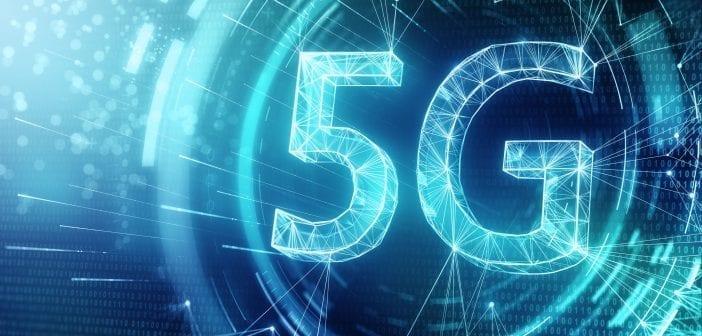5G mobile communications systems provide a higher level of performance than the previous generations of mobile communications systems. The new 5G technology isn’t just the next version of mobile communications, evolving from 1G to 2G, and so on. It provides a unique approach that gives connection everywhere. 5G technology is very different from previous systems.
Previously, systems had been more driven by what could be done with the new technology. In contrast, specific uses and applications have driven 5G. 5G mobile communications have been driven by the need to provide connectivity everywhere so that the connection is diverse. It also offers low data rate applications, such as remote sensors and massive video downloads. 5G can provide a lot more flexibility and, therefore, can support a much more comprehensive range of applications, from a low data rate to a high-speed data rate.
Just like all widely used systems, 5G mobile communications is governed by a series of standards. The 5G standard comes under 3GPP, which stands for the Third Generation Partnership Project. 3GPP has several different workgroups, each addressing other elements of the required standards. They draw on industry experts who give of their time and are sponsored by relevant mobile communications companies. In this way, the standards are written and developed.
By having a leading industry organisation that controls the standards, interested parties can influence the standards to ensure that the required functionality is obtained. Also, as the standards are international, different companies can work on various system elements and how they will be interoperated, which means that capabilities like roaming are available for the user. Furthermore, the cost of phone calls is reduced as a result of the savings of scale.
The 3GPP standards are updated as specific releases. Each release refines elements that have already been described and introducing new functionality. As 5G started to be developed, it, too, was incorporated into the standards.

An Overview of 5G Cellular Systems
As the different generations of cellular telecommunications have evolved, each one has brought its own improvements. The same is very true for 5G technology. Here are some of the advancements:
- 1G, First Generation: These phones were analogue and were the first mobile or cellular phones to be used. Although they were revolutionary in their time, they offered deficient levels of efficiency and security.
- 2G, Second Generation: These were based around digital technology and offered better efficiency and security. They provided new features, such as text messages and low data rate communications.
- 3G, Third Generation: This technology aimed to provide high-speed data. The original technology was enhanced to allow data up to 14 Mbps.
- 4G, Fourth Generation: This was an all-IP based technology capable of providing data rates up to 1 Gbps.
- 5G, Fifth Generation: When 5G was first created, several benefits were put forward: very high-speed data transfer as video downloads became more extensive and common. Another example of this includes experienced surgeons being able to perform delicate surgery remotely using a 5G link. These examples require very low latency mobile communications, more capability for general data communications, and the ability to accommodate the low data rate.
Rather than offering more of what was in the previous mobile communications generations, 5G technology needed to provide new capabilities and extensive connectivity. This would require the use of existing base stations, which could be converted to 5G and many more small cells.
The 5G Communication System
The 5G mobile cellular communications system is a major shift in the way mobile communications networks operate. Some new features are:
5G New Radio: 5G new radio is the new name for a 5G radio access network. It consists of the different elements needed for the new radio access network. Using a more flexible technology, the system can respond to mobile users’ various and changing needs, whether they be a high data user, stationary, or mobile.
5G NextGen Core Network: Although initial deployments of 5G utilised the core network of LTE (Long Term Evolution) or possibly even 3G networks, the network needed to move to a much flatter structure to provide the data capability and required low latency.
Need data cabling experts near the London area? Our experts specialise in telecommunications and are happy to answer any queries you may have. Call a member of our team on 0207 630 6094 or email us at hello@datacableinstallation.co.uk.